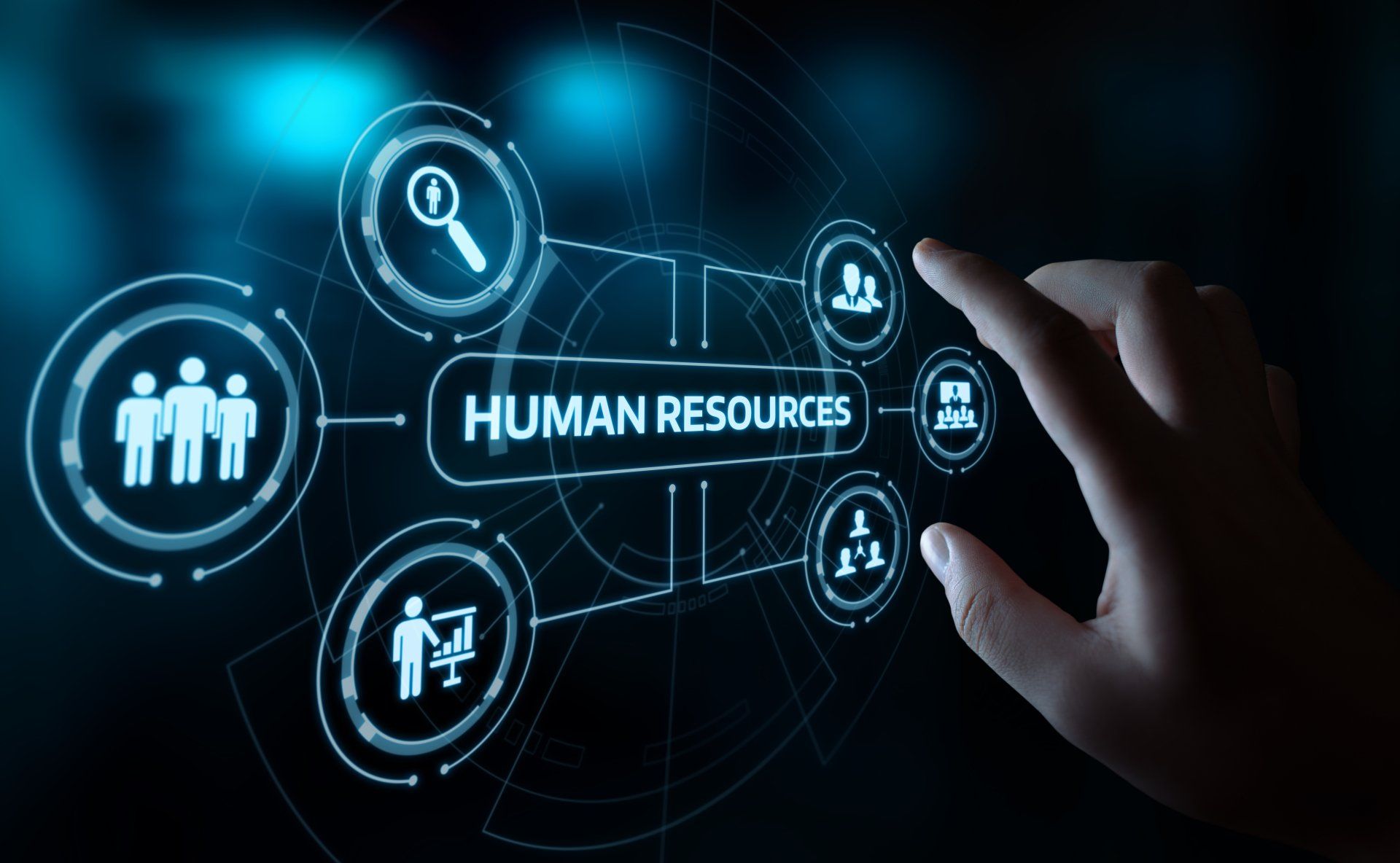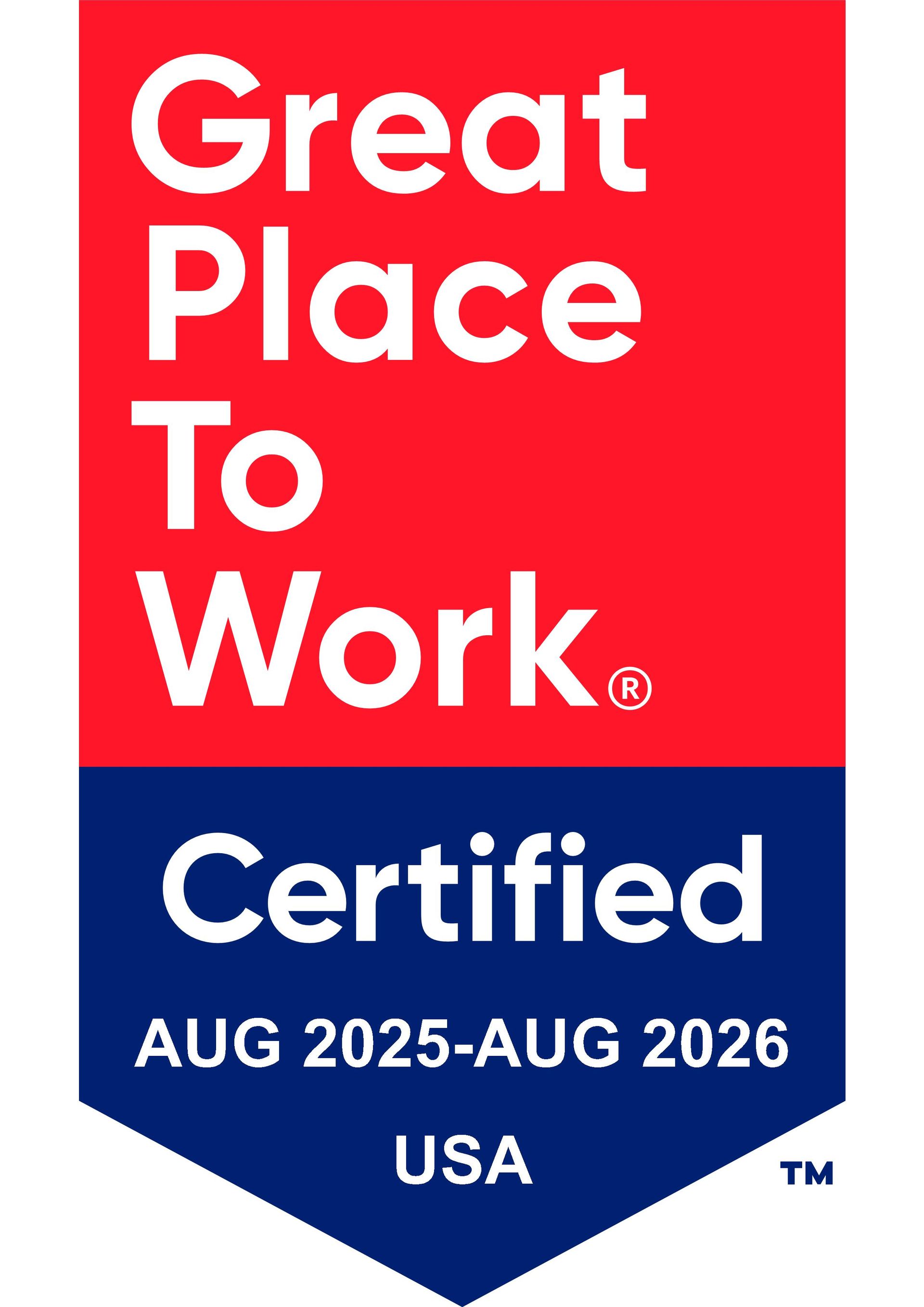
What Are Information Systems in Human Resource Management?
17 June 2022

Organizations need a system that helps track employee data, from their demographic and contact information to their payroll data, years of service, and organizational structure. Information systems in human resource management that track HR data are referred to as an HRIS, or Human Resources Information System. They are also sometimes referred to as Human Resources Management Systems, or an HRMS, Human Capital Management Systems, or an HCM, and HRIS systems.
What Are Benefits of Information Systems in Human Resource Management?
Utilizing an HRIS offers several benefits for an organization. In addition to providing a centralized location to house employee data, as well as making the data easily accessible, an HRIS assists organizations with the following:
- Compliance. HRIS systems allow organizations to more easily ensure they are complying with labor and employment laws, such as equal employment (EEO) laws, benefits requirements, overtime, and payroll, as well as industry-specific requirements, such as renewing necessary certifications.
- Record Keeping. If you don’t have recordkeeping, then you don’t have an HRIS. HRIS systems allow organizations to maintain records for necessary data about employees. HRIS systems include emergency contact data, benefits options, employment status, home addresses, mailing addresses, performance data, and much more, as discussed throughout this piece.
- Self-Service HR. It can save HR a lot of time by allowing employees to manage aspects of their employment data and recordkeeping, including benefits administration, initializing timekeeping requests, address changes, and beneficiary updates. Employees often appreciate having some autonomy in this respect, as well.
- Increased Efficiency. Having employment data stored in a centralized location provides efficiencies throughout the organization. Allowing for key functions within one system, such as time-tracking and performance management, also increases efficiencies. Finally, allowing employees to manage aspects of their own data through self-service HR can improve efficiencies.
- HR and Business Strategy. HRIS systems allow for the tracking of essential data necessary to support business and HR strategies. Such data can advance organizational and department-specific initiatives.
- Greater Functionality. More than 25% of businesses implement HRIS systems with the main goal of gaining greater functionality. HRIS allows organizations to streamline administrative processes so HR can focus more on strategy.
How Can an HRIS System Be Used?
HRIS systems are essentially an HR software package that either runs on the company’s technical infrastructure or is cloud-based. In today’s world, it’s common for HRIS systems to be cloud-based, which makes them easier to update when needed. Over the past five years, 98% of organizations were considering a cloud-based HRIS, with 70% only considering a cloud-based option.
Companies of all sizes and types utilize an HRIS to help them manage their human capital and provide a centralized location to house employee data.
An HRIS investment should add more value to a company than simply storing HR data and reporting. Ideally, an HRIS system will be robust and encompass end-to-end human resources management, including talent acquisition, learning and development, performance management, succession planning, and more.
HRIS Functionality
Many of the following functions can be managed with a standalone HRIS system that focuses primarily on that function. Ideally, however, an HRIS will support all of the functions an organization handles to streamline processes and increase efficiencies.
- Payroll. During the hiring and onboarding process, payroll-specific data can be entered into the HRIS to support payroll processing, including W-2 information, salary, and overtime status. Time and attendance data also ties into the payroll aspect of an HRIS for benefit and time accruals and to accurately calculate pay based on absences.
- Applicant Tracking System (ATS). One of the biggest parts of a recruiting budget goes to applicant tracking systems. A functional ATS supports the entire recruiting and candidate life cycle, from the job posting and the application process to background screenings and onboarding. As part of the HRIS system, the ATS not only provides key hiring data, such as time-to-hire, but can also tie into other key organizational statistics, such as retention data. An ATS can also directly tie into payroll administration when a candidate is onboarded and hired.
- Benefits Administration. Benefits administration is a high-priority function in human resource departments. From open enrollment to administering new enrollees throughout the year due to qualifying events and reporting, benefits administration in an HRIS today is typically an employee self-service model that allows employees to select benefits and track utilization.
- Time Keeping. Fortunately, companies no longer need to administer time management manually. HRIS systems allow for time and attendance tracking, so employees can clock in, clock out, and track time as appropriate. Time and attendance help to ensure compliance with labor laws, such as the Fair Labor Standards Act (FLSA), that dictates overtime requirements. It is also possible to quickly identify issues or timekeeping trends, such as excessive absences and tardiness.
- Performance Management. Annual performance reviews, as well as periodic reviews, discipline, and performance ratings, tie into performance management. HRIS systems can support organizations in administering and managing this aspect of people management.
- Training and Development. Standalone systems that support training and development are often referred to as Learning Management Systems or an LMS. The training and development component of an HRIS allows organizations to track qualifications, skills, course completion, certifications, and required training for employees. When required training is utilized in this component, it allows for reminders, deadlines, and tracking of what employees have or have not completed.
- Succession Planning. Organizations need to develop a pipeline of talent to replace key roles in the organization. The process of determining key roles and identifying replacements is called succession planning, and HRIS systems can support companies with this process.
- Reporting & Analytics. Modern HRIS systems often have pre-determined reports and automated HR reports for data on absences and leave accruals, employee turnover, performance ratings, hiring statistics, and more. Analytics provide insights into the data reported.
- Employee Self-Service. Employee self-services allow managers and employees to direct and manage data pertaining to their teams or themselves, respectively. Entering a leave request by an employee for management approval is an example of employee self-service, as well as managers entering performance ratings for their teams.
What Talent Resources Best Support an HRIS?
Many organizations with a small HR team where members wear several hats might have an HR Generalist or Benefits Specialist oversee the HRIS system. In smaller organizations, it’s common for everyone in HR to operate the HRIS and serve as an HRIS specialist. Different functions are commonly responsible for their specific aspect of the HRIS, such as recruiting overseeing the ATS, benefits overseeing benefits administration, payroll overseeing payroll and aspects of compensation, and so on.
The best situation is when a company has the resources available for a dedicated HRIS Analyst or an HRIS Specialist, or both, that focuses solely on the HRIS for the organization. A specialist typically implements and maintains an organization’s HRIS. An analyst generally provides HRIS support, including resolving and researching issues and problems and acting as a liaison between necessary departments, such as finance, payroll, and benefits. Analysts focus on the employee experience and policies related to the HRIS.
It’s possible to achieve an HRIS certification from independent companies that offer HRIS training programs, which can be beneficial. Software companies that offer an HRIS will typically also provide training to support the software implementation process. Such companies generally offer ongoing technical support, sometimes for an additional cost, when you acquire their software license.
How Much Does an HRIS Cost?
According to research by SoftwarePath, the average budget for HRIS software is $12,625 per user. This breaks down to about $210 per user per month.
What Are Some HRIS Options?
The following organizations offer HRIS software for businesses of various sizes and are commonly used by mid-size and larger organizations. Software suite options include most, if not all, of the HR functions listed above.
- Ceridian: Top five consideration for many companies as a global system offering payroll, benefits, human resources, workforce management, and talent management capabilities.
- Oracle: Another top five consideration that offers a cloud-based system with workforce rewards, work-life solutions, talent management, and workforce management modules.
- Sage People: Geared towards mid-size organizations and falls in the top five as a consideration for many companies.
- SAP: Best known as a robust Enterprise Resource System (ERP), its HRIS functions include SAP SuccessFactors and are used most extensively by larger organizations.
- Ultimate Software: Ranked as one of the most innovative growth companies by Forbes, it offers a single system for talent management, payroll, compensation, and more.
- Workday: As a well-known HRIS, it falls within the top five for many companies considering an HRIS and focuses on medium and large-sized organizations.
The following HRIS systems work well for small and medium-sized businesses and, in some instances, larger organizations, depending on the needs.
- ADP: Offers flexible HR solutions and works well for fast-growing businesses with a goal to go global.
- BambooHR: A top five option for both small to large-sized businesses that offer performance, employee management, and more.
- Cornerstone: One of the largest providers for small and mid-sized businesses that offer suites for e-learning, performance management, recruiting, and more.
- Paychex: Good for solopreneurs and offers a customizable system that can be added to as HRIS needs to expand.
- Paycor: Provides all-in-one HR software, so it works well for businesses that don’t need externally integrated solutions.
- Rippling: Offers robust integrations and application support in onboarding.
What Are the Steps to Implement an HRIS?
It takes an average of 15 weeks for organizations, from small to large, to select an HRIS system. Here are seven steps to help you launch your own HRIS system.
- Strategize. First, you’ll want to clarify what your needs are. Some questions to consider during this stage:
- What are your overall goals?
- Ideally, what functions do you want to incorporate into your HRIS? Will you focus on one function, like talent acquisition or payroll, or several?
- Do you need integrations with current software, or are you looking for a system that encompasses all functions?
- Research. In this stage, you’ll research what your options are to meet your needs and answer the question: What HRIS systems are available that cater to your company’s size and the functions you’d like to incorporate? Once you’ve identified some possible options, it’s time to reach out to companies and start a dialogue that leads to clarity on items like functionalities, integrations, training, and costs. Take your time in deciding, as you want to trust that you’re implementing the best option for your organization.
- Design. After you’ve selected a provider, it’s time to partner with them to begin designing and building out the system, so it aligns with your needs. In this stage, you’ll need to identify your user groups and map out workflows and processes, as well as the technical and functional requirements for the HRIS infrastructure and security.
- Configure and Test. You’ll need a core team to test the system and provide feedback during this phase.
- Communicate and Train. A communication plan and a training program to train your team of users are necessary before you go live.
- Launch. Once the proper training and resources are in place, it’s time to go live and deploy your HRIS.
- Maintain and Assess. You’ll want to track progress, utilization, effectiveness regularly, and user feedback to address challenges and implement necessary improvements over time.
If you’re a business researching information systems in human resource management, these steps can guide you to selecting and implementing your own. The HRIS system options above are a great place to begin your research.
KBI Benefits Can Give Guidance
At KBI, we work with all types of businesses and individuals from all walks of life to ensure they have peace of mind with the right benefits and protection for their employees and families, respectively. We're here to help you secure high limit disability insurance and other types of disability insurance based on your needs and budget.
Sources:
1. https://fitsmallbusiness.com/best-hris-hrms-software-for-small-business/
2. https://www.forbes.com/growth-companies/list/
3. https://www.aihr.com/blog/human-resources-information-system-hris/
4. https://softwarepath.com/guides/hris-report



